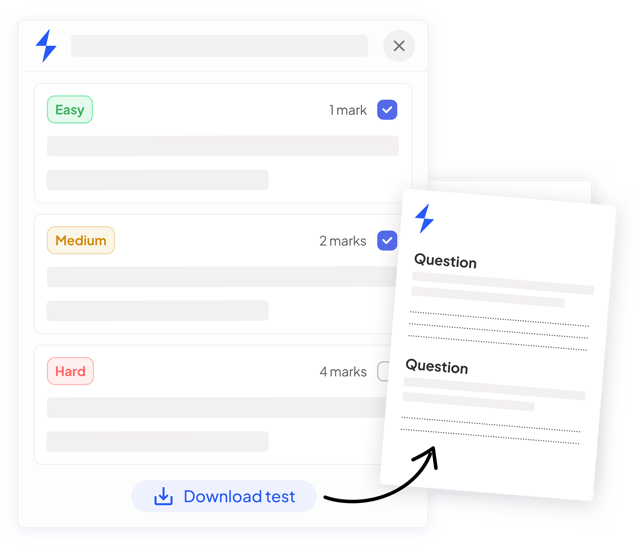Brønsted–Lowry Theory (Cambridge (CIE) AS Chemistry): Revision Note
Exam code: 9701
Brønsted–Lowry Theory
The Brønsted-Lowry Theory defines acids and bases in terms of proton transfer between chemical compounds
A Brønsted-Lowry acid is a species that gives away a proton (H+)
A Brønsted-Lowry base is a species that accepts a proton (H+) using its lone pair of electrons
How an acid acts as a Brønsted-Lowry proton donor

Species that can act both as acids and bases are called amphoteric
Eg. water as a Brønsted-Lowry acid
Water acting as a Brønsted-Lowry acid

Dot and cross diagram showing the Brønsted-Lowry behaviour of water with ammonia

E.g. water as a Brønsted-Lowry base
Water acting as a Brønsted-Lowry base

Dot and cross diagram showing the Brønsted-Lowry behaviour of water with hydrochloric acid

The Brønsted-Lowry Theory is not limited to aqueous solutions only and can also be applied to reactions that occur in the gas phase
A Brønsted-Lowry acid and base reaction

Examiner Tips and Tricks
An atom of hydrogen contains 1 proton, 1 electron and 0 neutrons.
When hydrogen loses an electron to become H+ only a proton remains, which is why a H+ ion is also called a proton.
Ready to test your students on this topic?
- Create exam-aligned tests in minutes
- Differentiate easily with tiered difficulty
- Trusted for all assessment types

Did this page help you?